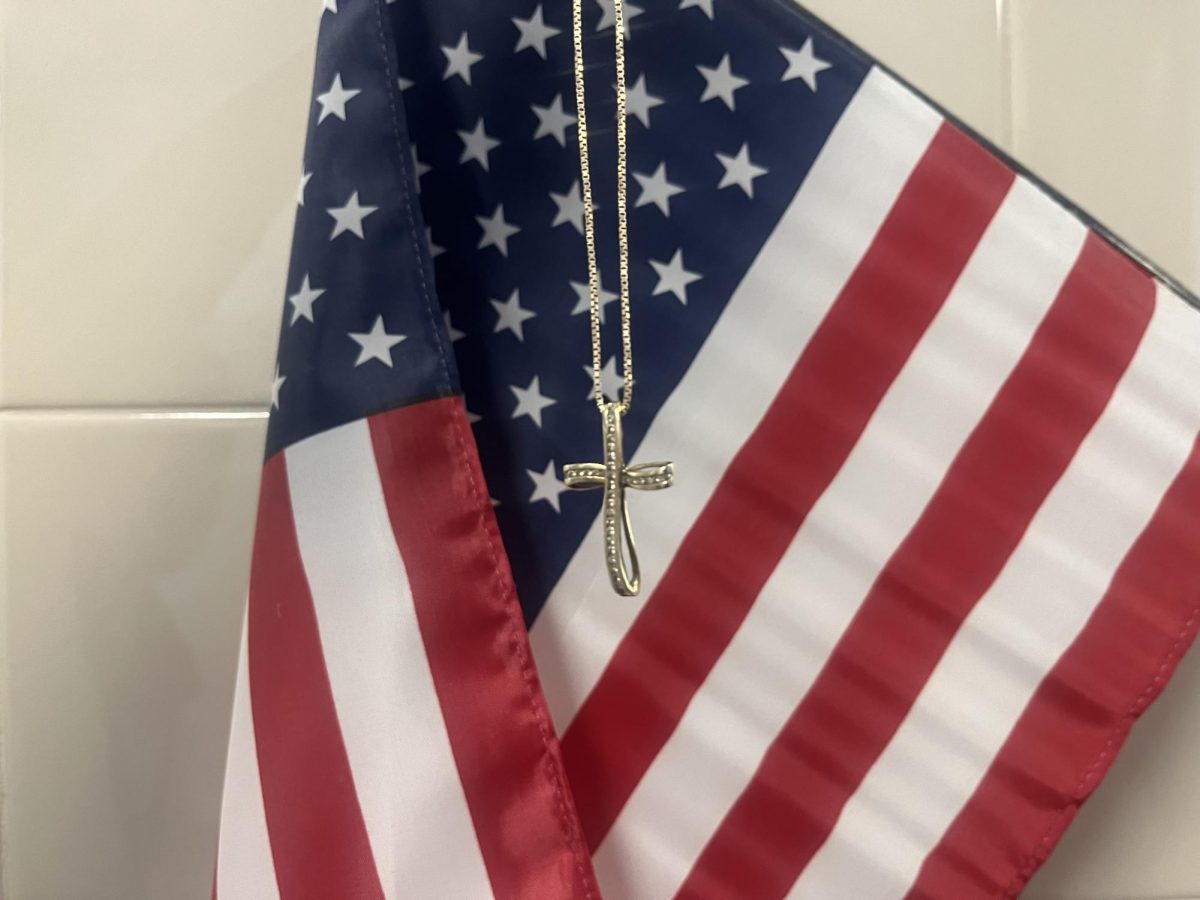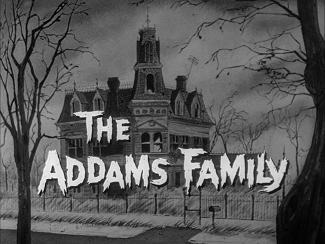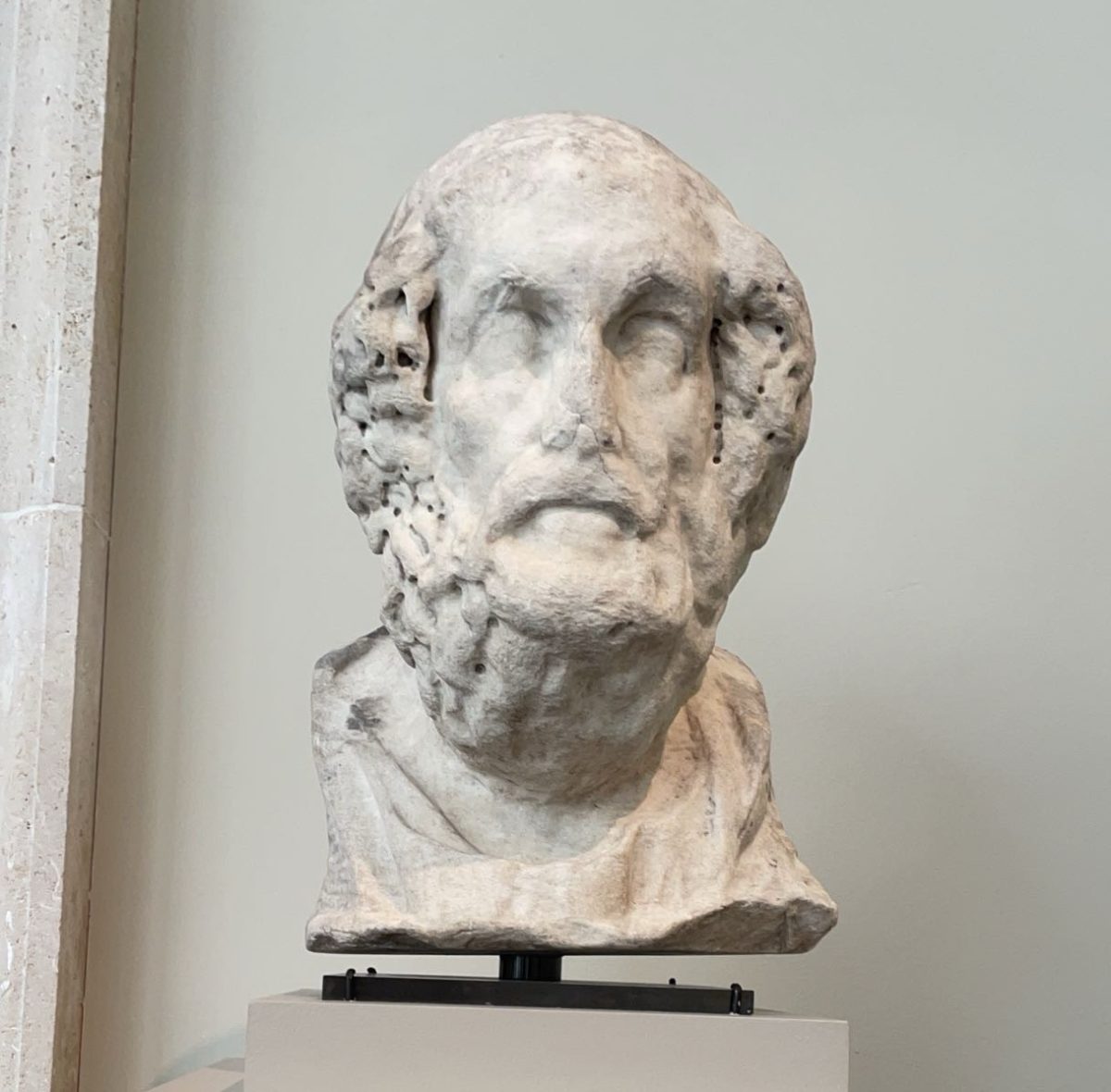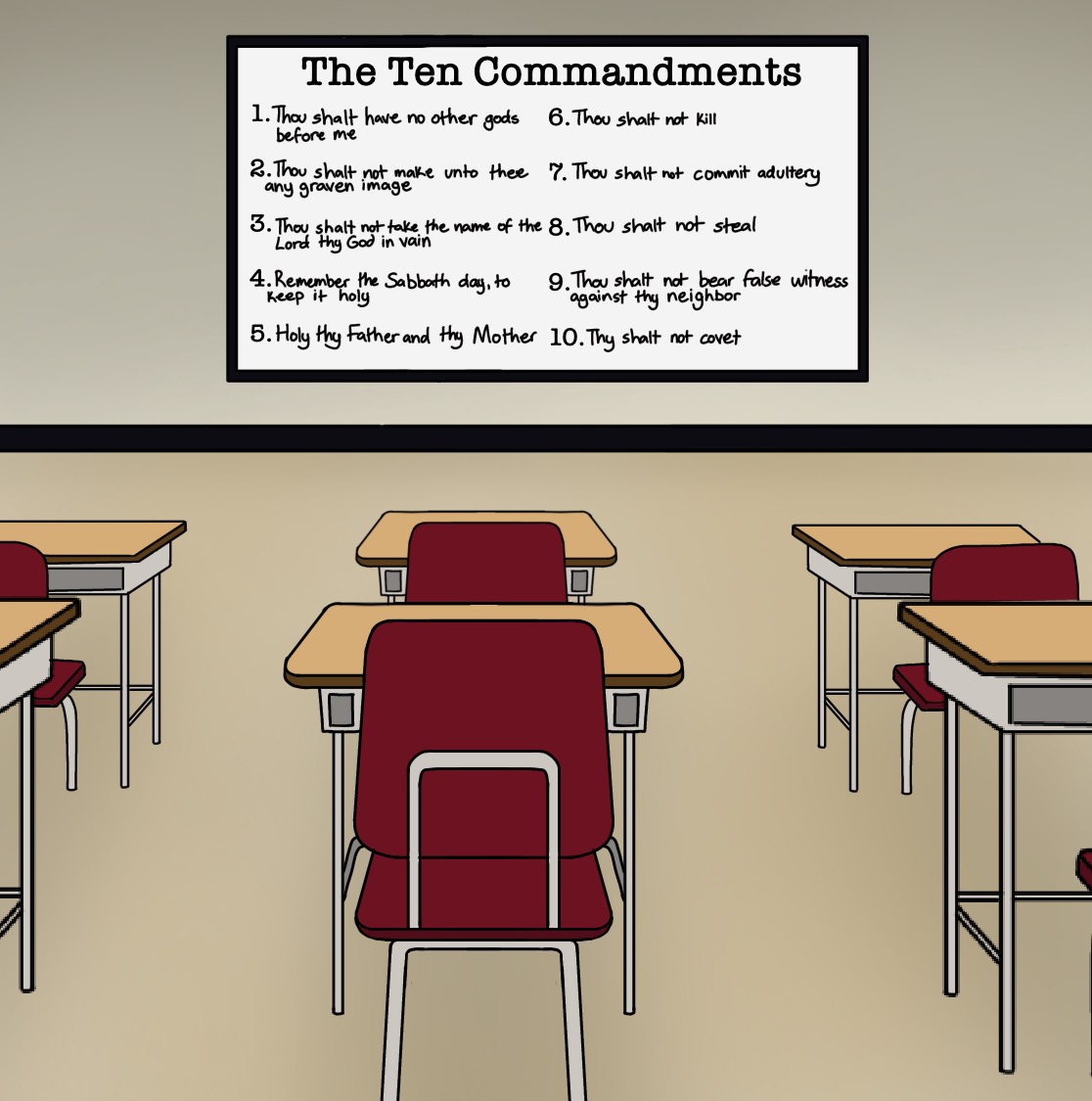Pennsylvania Senator Doug Mastriano (R) is proposing legislation, Senate Bill 544 (SB544), or “Creation of Laws in our Schools Act”, requiring public schools to display the Ten Commandments (and three other “foundational documents”) in all classrooms.
The push for displaying the Ten Commandments in Pennsylvania public schools comes from the efforts to promote moral values, though it faces legal challenges over the separation of church and state. Kentucky, Texas, Alabama, and Louisiana are also trying for this push as well.
Supporters argue that these promote moral values, while others are concerned. This issue of religion displayed in schools has a long history. One major case was Stone vs Graham. This case took place in 1980 in Kentucky, where the law required the Ten Commandments in classrooms, according to Oyez.
The court thought that the law was unconstitutional and went against the First Amendment. This prohibits the government from being in favor of one religion over the others.
According to Politico, as of March 6, 2025, Mastriano’s bill has been introduced in the Pennsylvania General Assembly. The bill is official, yet public hearings and committee reviews are going to be a part of the legislative process.
Politicians argue that if the law passes, it could alienate students from non-Christian backgrounds, making them feel excluded or pressured to conform. At schools like Stroudsburg High School, where the student body is diverse, this could have a particularly significant impact.
Stroudsburg High School Demographics (Information obtained from SHS guidance office) :
- Hispanic: 29 percent
- American Indian: 0 percent
- Asian: 3 percent
- Black/African American: 21 percent
- Native Hawaiian: 0percent
- White: 43 percent
With such diversity, many are questioning whether the bill would foster an inclusive environment or contribute to further division.
“The Supreme Court has ruled that there should be no preference for one religion over another. As far as I understand it, the display of the Ten Commandments would violate that idea of avoiding preferential treatment,” Andrew Kurnas, an English teacher, said. “In our public spaces, all beliefs are supposed to be treated equally, and a display of one religious doctrine inherently sides with one ideology over another and that is what, at least how I understand it, we have always tried to avoid doing with our public spaces.”
The display of the Ten Commandments in public schools will likely affect students differently, depending on their personal beliefs. Students from non-Christian backgrounds might feel excluded or pressured to conform to the Ten Commandments.
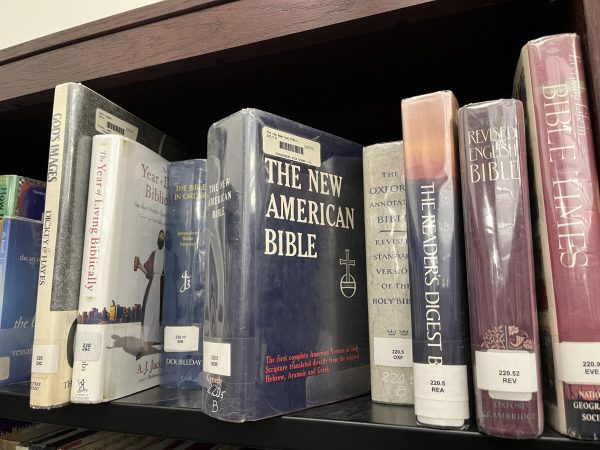
Pennsylvania’s approach to religious expression in public schools could set a precedent and potentially trigger further legal challenges.
If the Pennsylvania legislation passes this bill, it could set a significant legal precedent and possibly encourage other states to do so as well. These actions could face legal challenges whenever they violate the First Amendment.
In the past, the U.S. The Supreme Court has ruled on similar issues as well. In the case Abington School District v. Schempp (1963). The court ruled that school-sponsored Bible readings are unconstitutional.
If the bill is struck down, it would reinforce existing legal standards that prohibit the endorsement of religion in public schools.
“The First Amendment specifically states that there shall be no establishment of religion in the government. Having the Ten Commandments in public schools breaks the very principle our founding fathers had in mind,” said Nikolaos Kontos, history teacher.
The potential for approval of religious ideologies in Pennsylvania’s public schools could lead to a legal precedent and influence education policies within the state and nationally. This situation and past situations are just a few steps of Project 2025.
Many religions, except Hinduism and Buddism, share similar concepts of the Ten Commandments, nonetheless, the proposed bill violates a legal precedent that has already been set.























